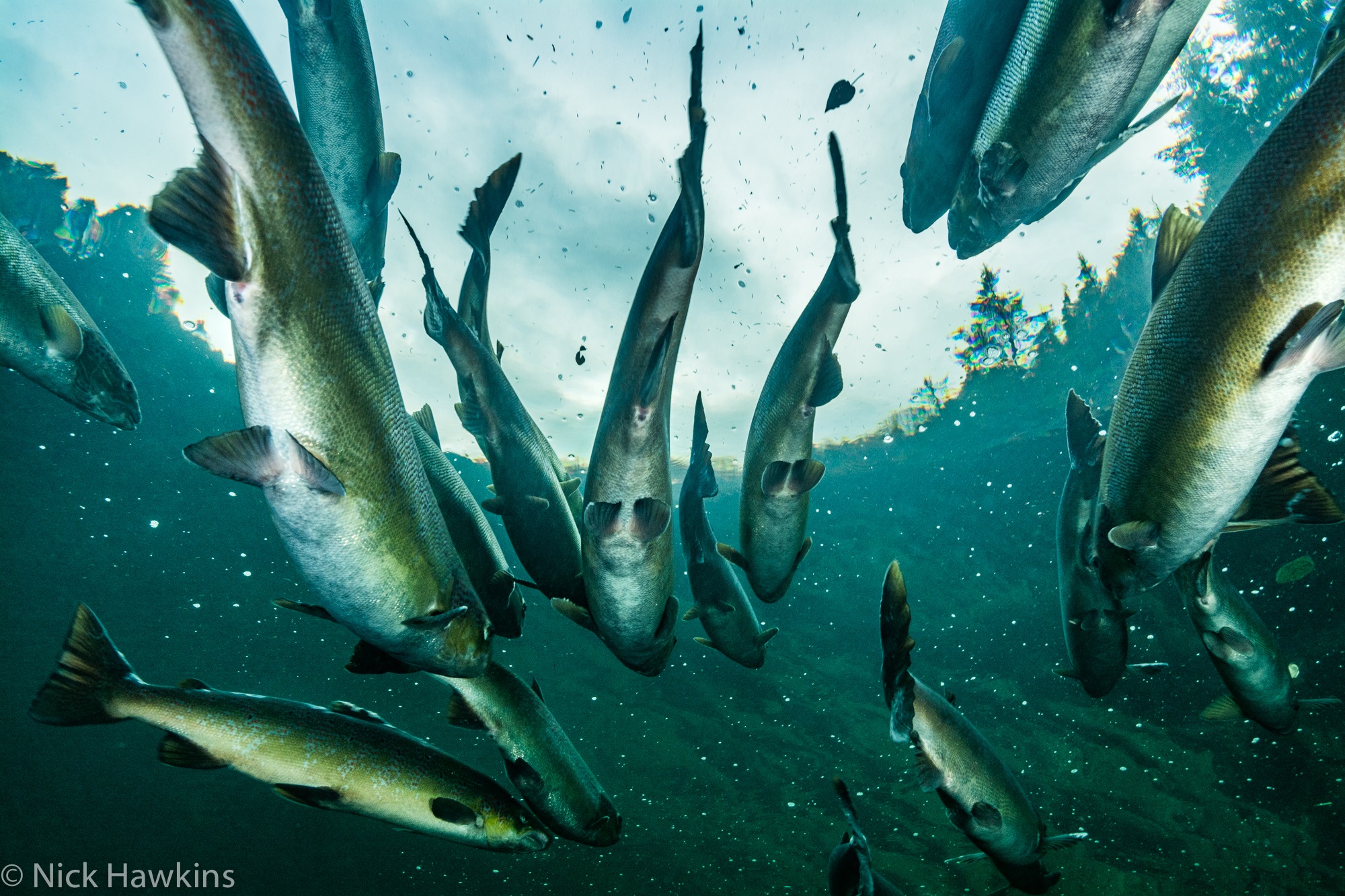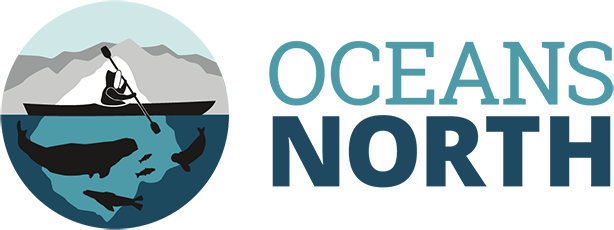
A Fisheries Act for the Future
Credit – Nick Hawkins
A Fisheries Act for the Future
Susanna Fuller | June 22, 2018
Proposed changes to Canada’s Fisheries Act are close to completion and will modernize the legislation and better protect fish and the marine ecosystem.
This week, Bill C-68 – or the Bill to Amend Canada’s Fisheries Act – passed third reading in the House of Commons. The passage of bills can seem mundane and the process likely is. However Canada has been trying to amend the Fisheries Act since 1996 and it has not had a real overhaul since 1868. For those of us who’ve watched so many other amendments like this die on the order paper, watching the passage of this Bill was anything but mundane, and maybe even a little exciting.
The Fisheries Act governs all aspects of fishing in our oceans and freshwater ecosystems and is the primary mechanism through which fish habitat is protected – to ensure that there are fisheries into the future. In 2012, major parts of the Act were changed, gutting its ability to protect all fish and fish habitat and limiting its applicability to fish that were part of commercial, recreational or Aboriginal fisheries.
In 2015, the Canadian government vowed to “restore lost protections and institute modern safeguards.” The end result of consultations, presentations to the Standing Committee on Fisheries and Oceans and multiple amendments submitted during the second reading of the Act is a much improved piece of legislation
What is critically important is that the proposed changes now include a section that states the purpose of the Act. Yes, one of the most important Acts in our ocean nation has been purposeless since 1996. Modern principles of fisheries management now have to be considered by the Minister, including the precautionary approach, ecosystem approach, Indigenous knowledge and social and economic considerations. The habitat protections have been restored – which not only returns the Act to its former strength but ensures past case law is reinstated.
For the first time, water flows are considered a part of fish habitat. To fish, that is fairly obvious. But for legislators, the change means that when they approve projects that damage or destroy fish habitat, their decisions will be made public through an online registry. Some examples include road building, wharf building and infilling, mining activities or installation of pipelines. This is progress as currently there are few ways to measure cumulative impacts on fish and their habitat.
For commercial fisheries, the Act now includes a duty to require a rebuilding plan, finally bringing Canada in line with other developed fishing nations like the United States, European Union, Australia and New Zealand. Such plans alone won’t ensure population recovery for depleted commercial fisheries. But they can provide accountability for management decisions and allow for transparency and broad engagement in long-term fisheries planning.
The Act also includes a commitment to assessing socio-economic impacts and enforcing owner-operator provisions, which have been long sought after by independent fleets, particularly in Atlantic Canada. Co-management provisions with Indigenous peoples are strengthened, though the true test will be in how such agreements are implemented. And, finally, this legislation must be reviewed every five years. If we didn’t get it quite right this time around, we have the opportunity for incremental improvements.
Are the proposed amendments perfect? No. Will fish habitat continue to be impacted by human activities? Yes. Is it an improvement over what exists? Definitely. This legislation remains a highly discretionary Act, with the Minister still having the final say. But at least Bill C-68 ushers in modern fisheries management and sets the stage for the development of regulations that could reduce the rate of habitat loss and require actions that will lead to population recovery. An improved Act is important as fisheries expand into the Arctic and new fisheries are undertaken. We have an opportunity to do things differently, not repeat the mistakes of the past and begin to manage fisheries as if the ecosystem and people’s livelihoods depended upon them. Which they do!
The Senate will review the proposed legislation in the fall. But given that environmental organizations, the fishing industry and other industry associations support the changes, we hope for unfettered passage through the Senate. Passing this legislation in 2018 will be an important milestone in shaping the future of Canada’s ocean agenda. It will set the stage for a progressive and conservation-based regulatory framework that is long overdue.
Susanna Fuller is a senior projects manager with Oceans North.
